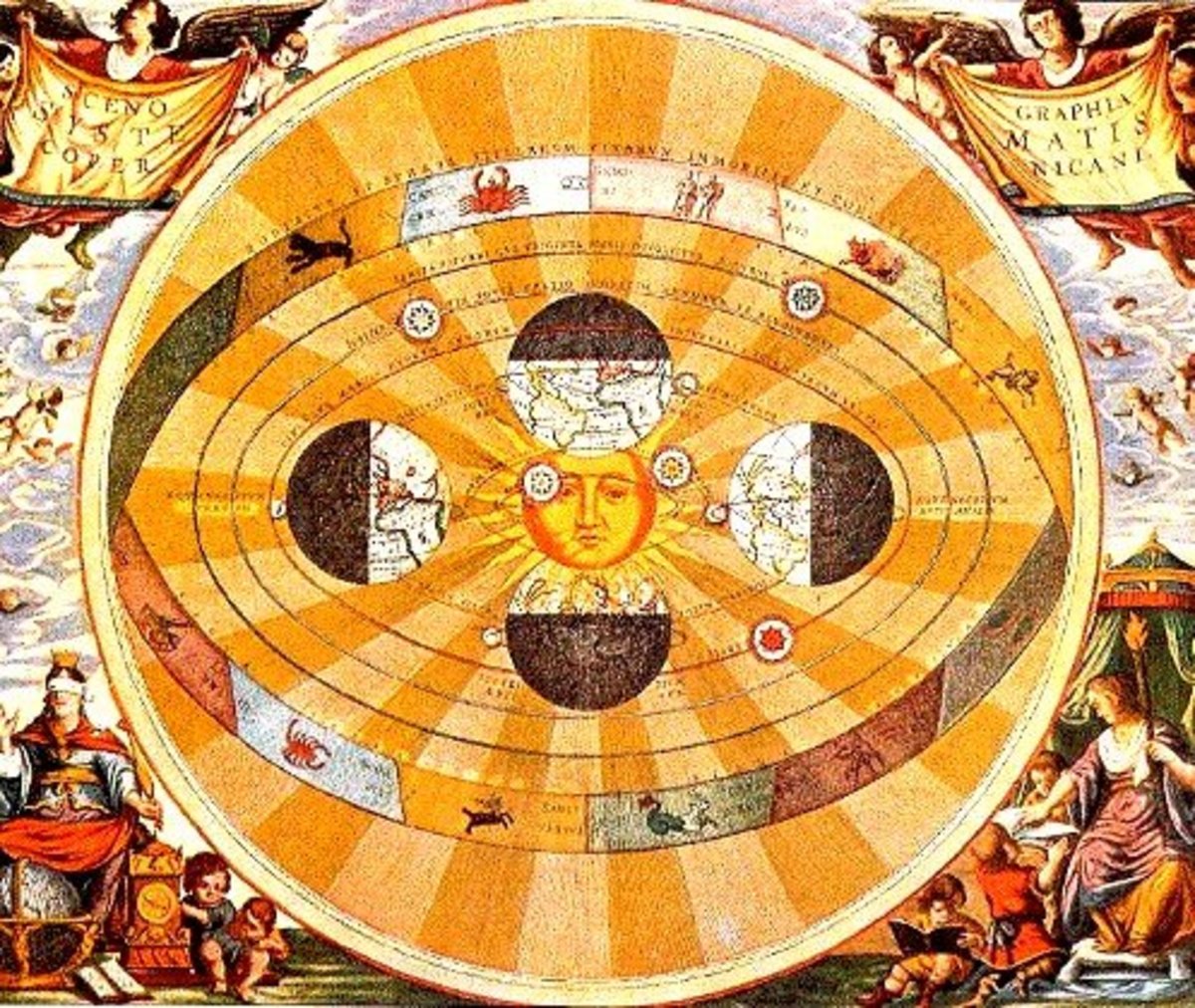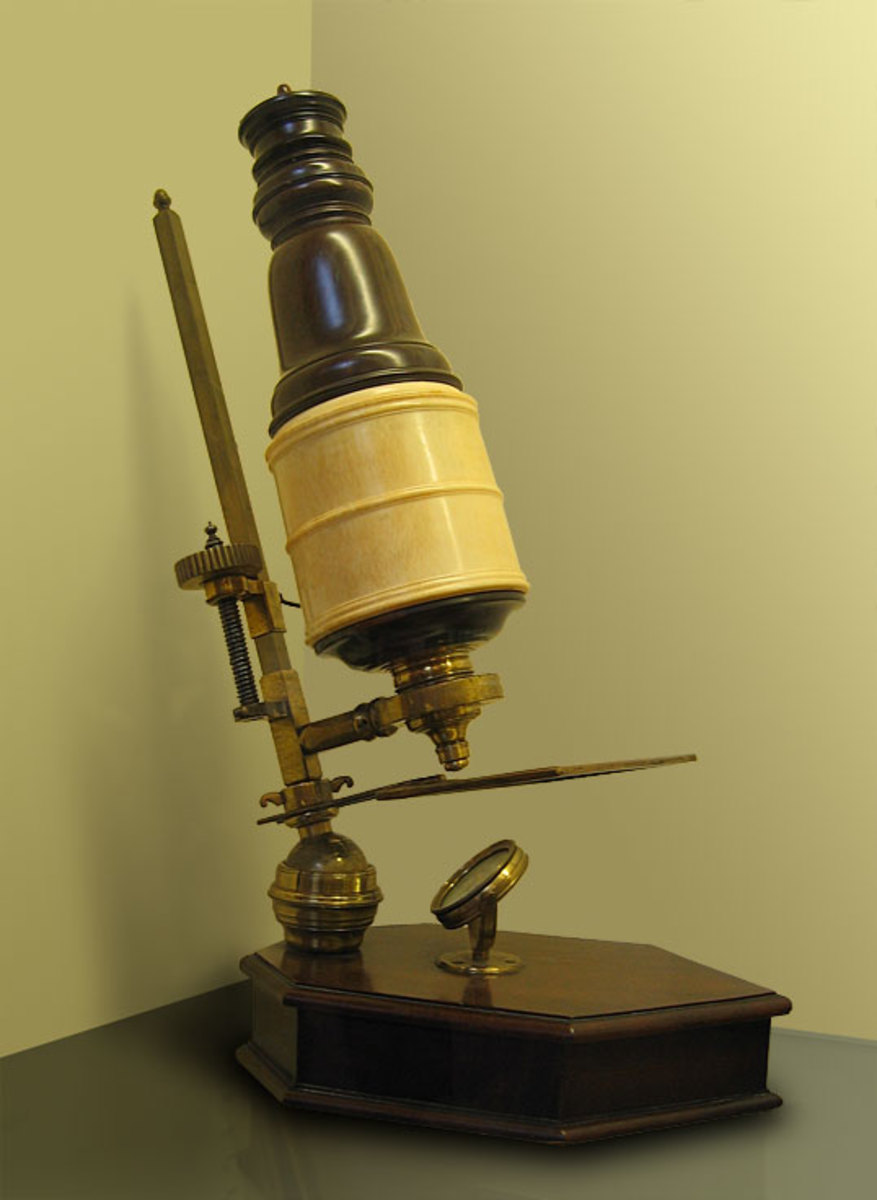The Laser: A Historical Timeline of Historic Proportions for the History Lover
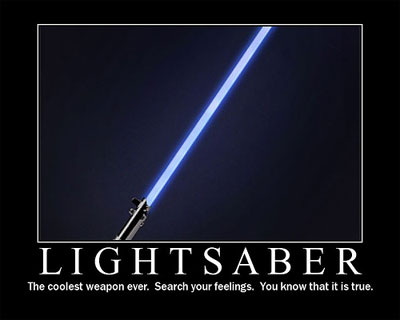
The Laser Throughout History and Pop Culture...
In life, there are few cool things. The Top Gun soundtrack. The Arctic. Jeri curls. Rush. And, of course, THE LASER.
The Laser, or Light Amplification by Stimulated Emission of Radiation, is scientifically defined as “Super Cool”. Sometimes history can be boring, but not the history of the laser. I think you’ll see it doesn’t take an Einstein to make lasers possible.
Table of Contents
- Lasers: 4000 BC to the Present
- Video: Laser Graffiti
- 5 Great Laser Material Processing Milestones in the Last 50 Years
- Video: Laser Marking and Cutting 0.19 inch Anodized Aluminum
- Poll Time: Which One is the Greatest Milestone in the Laser Manufacturing Industry?
- A Look at Laser Spying: Is it Practical?
- Video: NSA Whistleblower Edward Snowden
- Poll Time: Do You Support Edward Snowden?
- Top 6 Greatest Movies with Lasers in them
- Poll Time: Lasers on the Silver Screen

Lasers: 4000 BC to the Present
4000 BC. The Egyptians decided enslaving an entire ethnic people is a totally acceptable thing to do, and decide to make the Jews that people. It worked out for a little while, until, you know, the whole plagues thing. Many people think, though, that before that Jewish slaves built the pyramids. This is both correct and incorrect. You see, pharaohs in Egypt were constantly trying to outdo each other in scope of narcissism. Their cycle was: kill the pharaoh, become pharaoh, build a giant monument to myself with no regard for the needs of anybody else, then get killed by my cousin who my entire life has made really strange and off putting comments at dinner about how I “won’t need that much salt when I kill you…at chariot racing later, is what I meant. Chariot racing. But too bad you won’t need a chariot when you’re dead…dead shocked at how awesome your no-hair-but-for-a-long-ponytail cut is going to be!” See, the Egyptians were simply trying to build giant tombs, and built them in large, normal square shaped buildings. Then, out of nowhere, aliens emerged from the bottom of the ocean, where they had been laying dormant for millions of years, parted the sea allowing the Jews to escape to freedom, and fired upon the Earth in every continent with laser weapons to destroy Earth and take its resources! However, they had terrible depth perception, and wound up accidentally cutting up giant stone buildings into perfect geometric pyramids. Evidence of this technically doesn’t “exist”, but only because the government is clearly covering it up.
A long time ago in a galaxy far, far away. Behold, the lightsaber, the coolest thing lasers have ever been a part of ever in the history of time ever! Lasers that can chop you to bits? Um, yeah! Love it! So did ancient space warriors called the Jedi. Evidence of these intergalactic heroes technically doesn’t exist, but that’s only because those in the powerful photon lobby.
1917. Albert Einstein establishes theoretic foundation for lasers. Really? Really! No way! Did he only invent stuff that could potentially kill a whole bunch of people? Here I thought you didn’t need Einstein for every cool scientific discovery but apparently you do.
1959. British government develops the first laser gun. It merely uses a laser to push out a tiny piece of steel from a small 0.5 mm hole at 3 mph, thus being the lamest thing ever done with lasers ever.
1979. Sony develops the Compact Disc, or CD. It is a circular Frisbee/Donut looking thing that uses ultrafast lasers to read music or something from the shiny undersides of discs. Apparently this was a popular thing people use to use for music? Why? They had computers back then right? You could totally just put your music on that. Why would you go out and buy some giant thing that took up space and only played like five songs? Old people are weird.
1995. The movie Heavyweights made its way to the big screen. We saw the laser being used like in a different way. In all our years of laser history we have not seen anything like this before. This historic event featured Tony Perkis (Ben Stiller) using a laser to find where the kids at the Fat Camp were storing their food. This has changed the way we use lasers for future generations and we are now hearing that they have improved these types of food finding lasers. The video of this historic event is below.
2003. LASER ICE SCULPTURES OF AMERICAN EAGLES. Ladies and gentlemen, this is the year lasers peaked.
2012. Lasers are still pretty cool.
A Video on Laser Graffiti
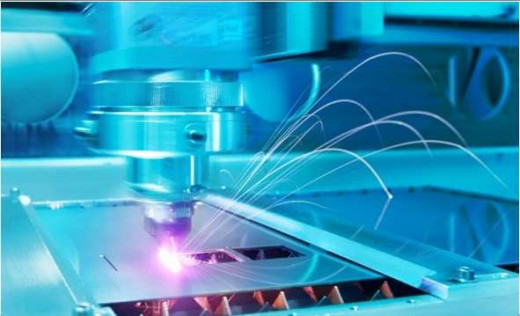
5 Great Laser Material Processing Milestones in the Last 50 Years
Without industrial laser technology we wouldn’t be able to work efficiently and continue to create new inventions. According to David A. Belforte, an author for the Industrial Laser Solutions for Manufacturing online magazine, it was difficult to choose just 10 important events in the laser industry but it becomes clearer when you look at the impact it made to the market. In his article “Milestones in industrial laser material processing“, we have selected 5 milestones out of the 10 that we thought was interesting.
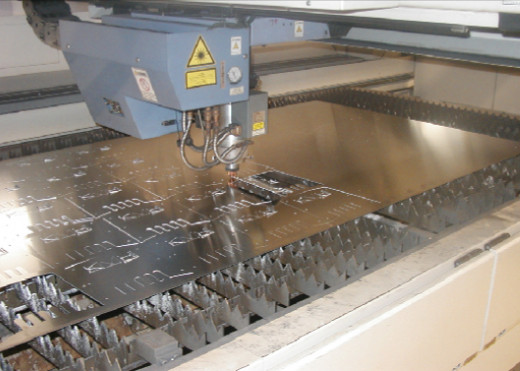
1. Hermetic sealing
Hermetic Sealing was first commercialized in 1973 and this technology was driven by the industry need for miniaturized electronic circuitry. Several U.S. laser companies at the time were competing to be subcontractors for the NASA. These companies were able to use finely focused beam sequenced to produce overlapping spot welds on the edges of thin-walled relay packages to product a hermetic seal.
2. Sheet metal cutting
Sheet metal cutting systems became the largest revenue source for industrial laser systems today. The gas jet assist nozzle invented by Sullivan and Holdcroft in 1967 was largely commercialized and introduced to industrial users on laser systems built by Messer Greisheim (Germany) and British Oxygen Company (UK). It powered by 400W semi-sealed CO2 lasers from Ferranti (UK). Later, the laser power was increased to 1kW and opened the door for this application’s growth.
3. Tailored blank welding
Tailored blank welding is widely known to be used by the auto manufacturer industry. The first laser blank weld was done experimentally for British LeyLand in 1981 and it was the 1983 application for Germany auto manufacturer Audi needed sheets of metal large enough to be stamped into a limousine underbody. The invention of laser welded blank has tremendously helped the auto industry manufacture lighter and more energy efficient cars.
4. Rapid prototyping/manufacturing
The rapid prototyping or manufacturing technology is now known as Additive Manufacturing (AM). This technology was first commercialized in 1987 when StereoLithography Apparatus (SLA) patented and introduced by 3D Systems. How does this process works? The beam of an infrared laser is scanned by computer control across a field of powdered photo-curable resin to melt and then harden.
5. Laser marking
Laser Marking is the largest application for industrial laser. Laser Marking was first used in the mid 1960s when laser manufacturers and their user customers were experimenting with block character engraving by moving the workpiece in the X and Y directions under a fixed laser beam. This technology can also be traced back to 1973 when Korad, a laser company, built a system to mark watt meter faceplates.
Source: http://www.industrial-lasers.com/articles/2010/01/milestones-in-industrial.html
Video: Laser Marking and Cutting 0.19 inch Anodized Aluminum
Poll Time!
Which One is the Greatest Milestone in the Laser Manufacturing Industry?

A Look at Laser Spying: Is it Practical?
Are you sure no one is listening? There was an article on the Guardian about conversations can still be monitored in the room by using lasers. The topic came up because the Guardian has secret files on a computer hard drive leaked by Edward Snowden, a former National Security Agency (NSA) contractor, and was threaten by the government after a series of legal action to delete them. Although the Guardian has destroyed their computers hard drives, the Government Communications Headquarters (GCHQ), a UK equivalent of the NSA, was not convinced that it was enough. Intelligence agency expert said people can tap into a conversation if a coffee cup with a laser trained on it, it would be able to pick up the vibrations caused by conversation and eavesdrop or a laser (using non-visible light) could be bounced off a window of the room.

The intelligence agency expert has its reasons because it has been used before by the US against Russians embassies. The idea has existed since the 1940s and wasn’t until during the 1960s it was developed. Furthermore, it has been reported that the CIA has used a “laser microphone” to help investigate the 9-11 case.
Now, how can laser help spy on conversations? Lee Marks, a director at surveillance equipment supplier Spymaster, said laser spying “is about the most difficult way of listening to what's going on in a room that you can come up with. The conversation inside a room moves the air; the air moves the windows. A laser beam aimed at the window will shift slightly in wavelength as the window moves. By tracking that shift, the movement of the window can be inferred – yielding the original conversation.” The quality of the audio has also been questioned because it’s not clear. The problem can be resolved with aligning the laser correctly. Marks says “you have to get it exactly at right angles. It has to bounce off and right back to you.”
The ultimate question: is laser spying practical? It may be practical for the GCHQ. Marks says many people are interested to use the system but are put off by the price which ranges around £25,000 ($38,940 USD) for the laser system and complexity of utilizing the equipment.
Source: http://www.theguardian.com/world/2013/aug/22/gchq-warned-laser-spying-guardian-offices
A Video on NSA Whistleblower Edward Snowden
Poll Time!
Do You Support Edward Snowden?

Top 6 Greatest Movies with Lasers in them
What are some great movies with lasers in them?
I have always wondered what they were because we all know what the number one movie is with a laser in it... and if you don't know I will tell you that it's STAR WARS! But the competition after that gets a little trick so I gathered some research on movies with lasers in them to find out what the rest of them are. So what are we waiting for? Lets find out what they're... Feel free to add in some of your favorites in the comments section and we will be glad to post them up. I will also be updating the list as I find more movies with lasers in them.





